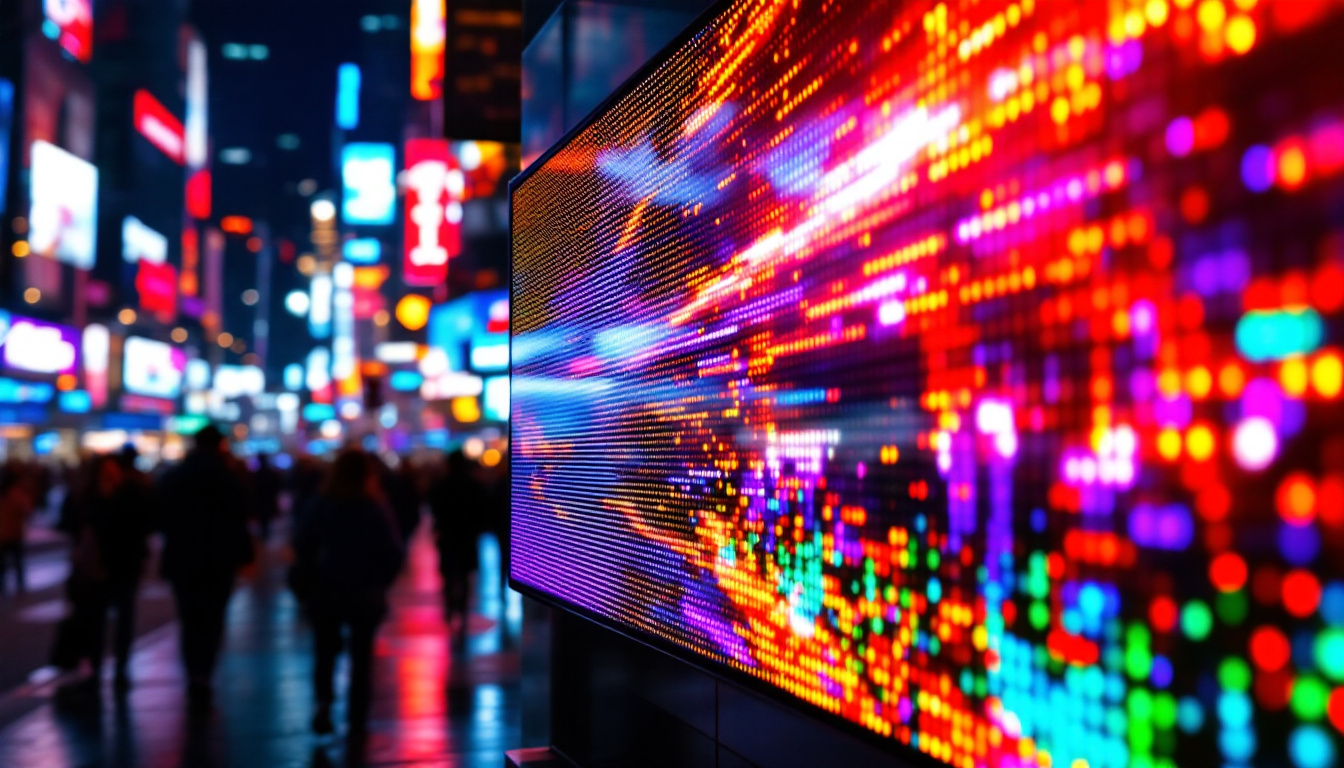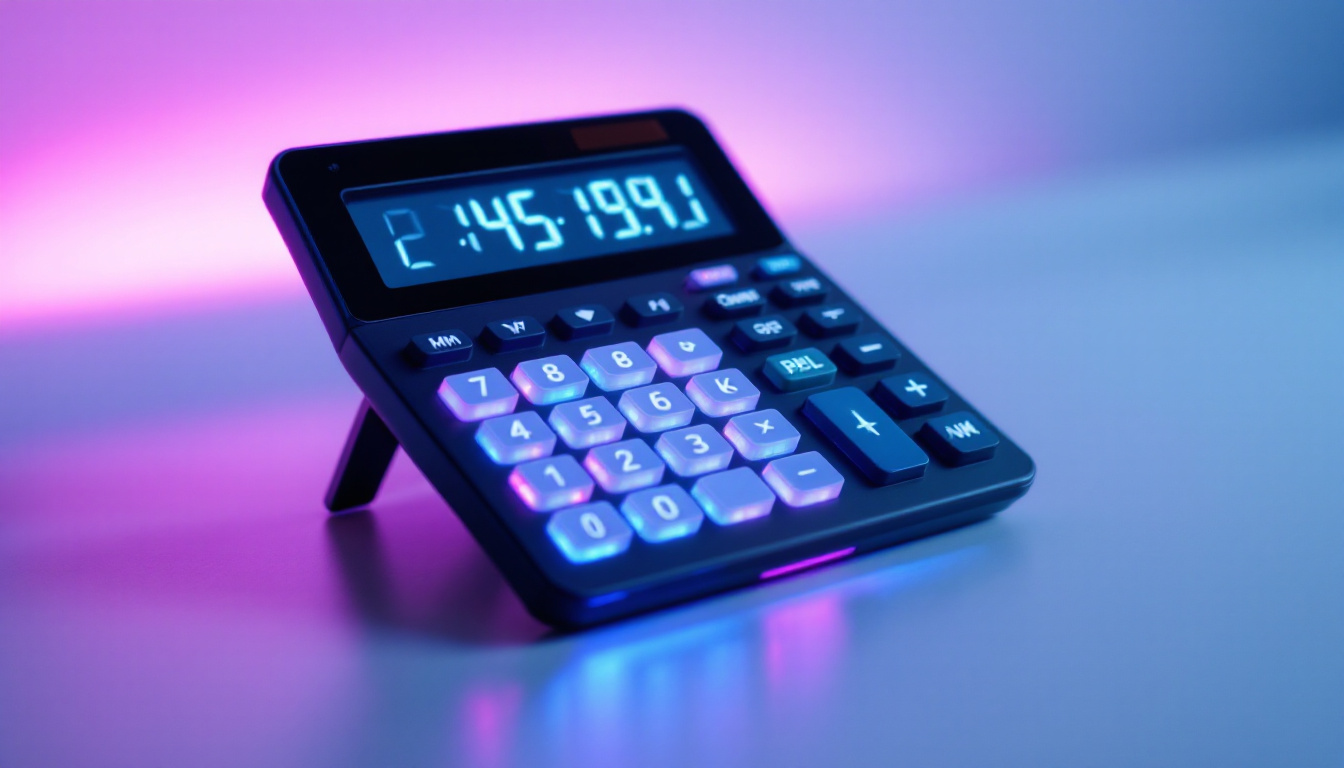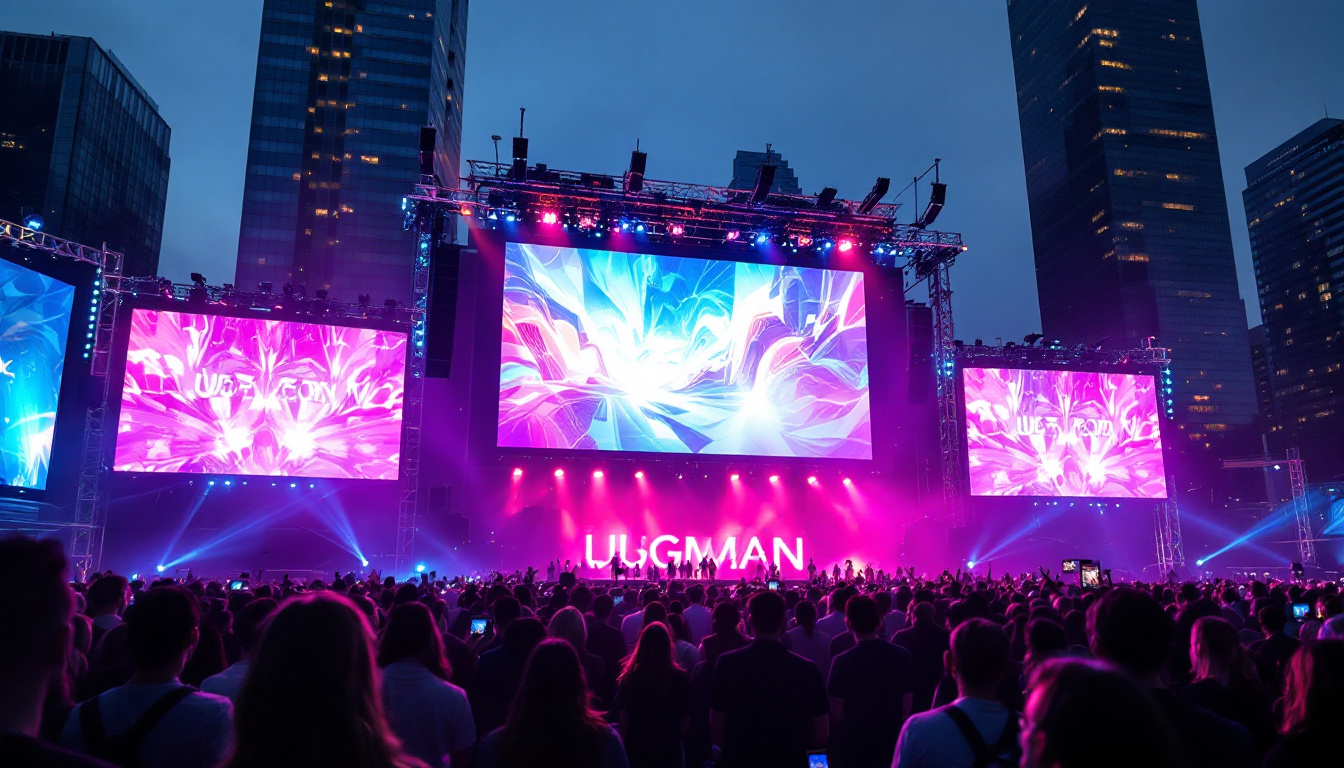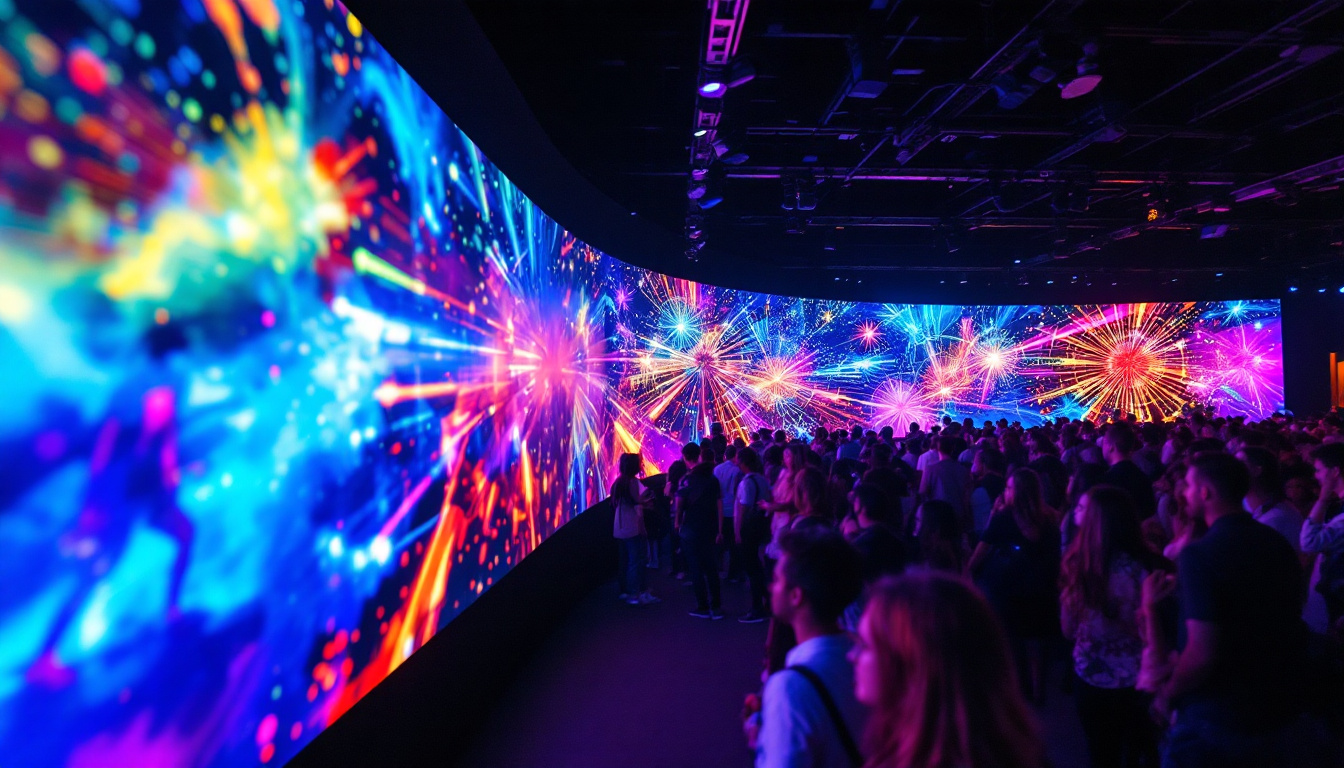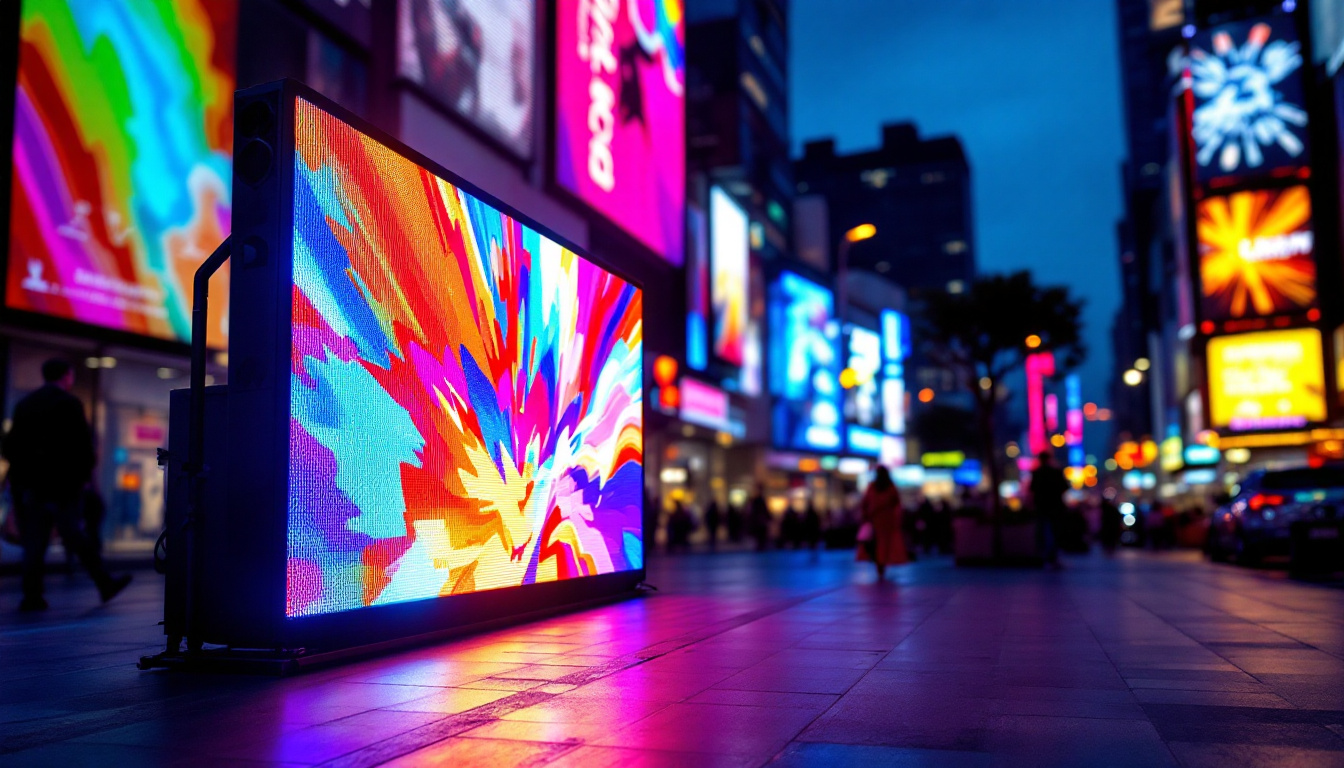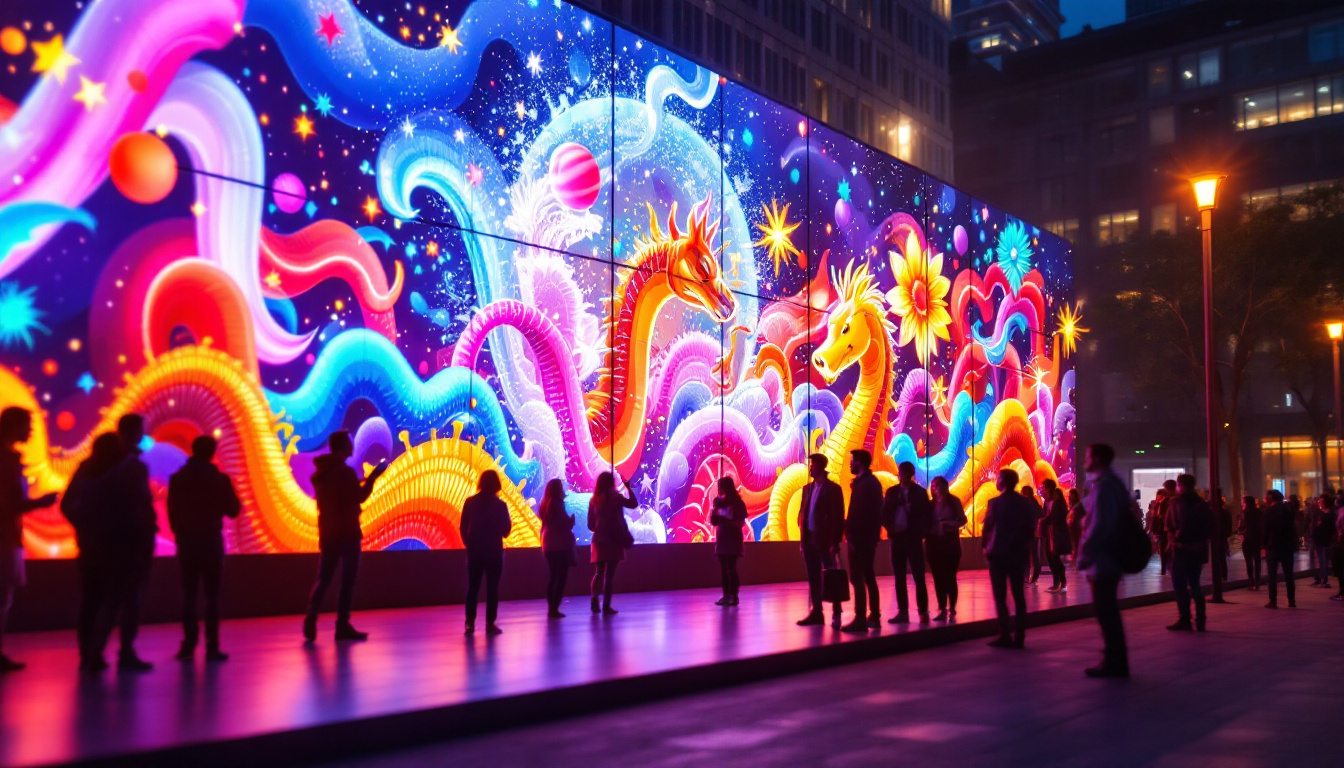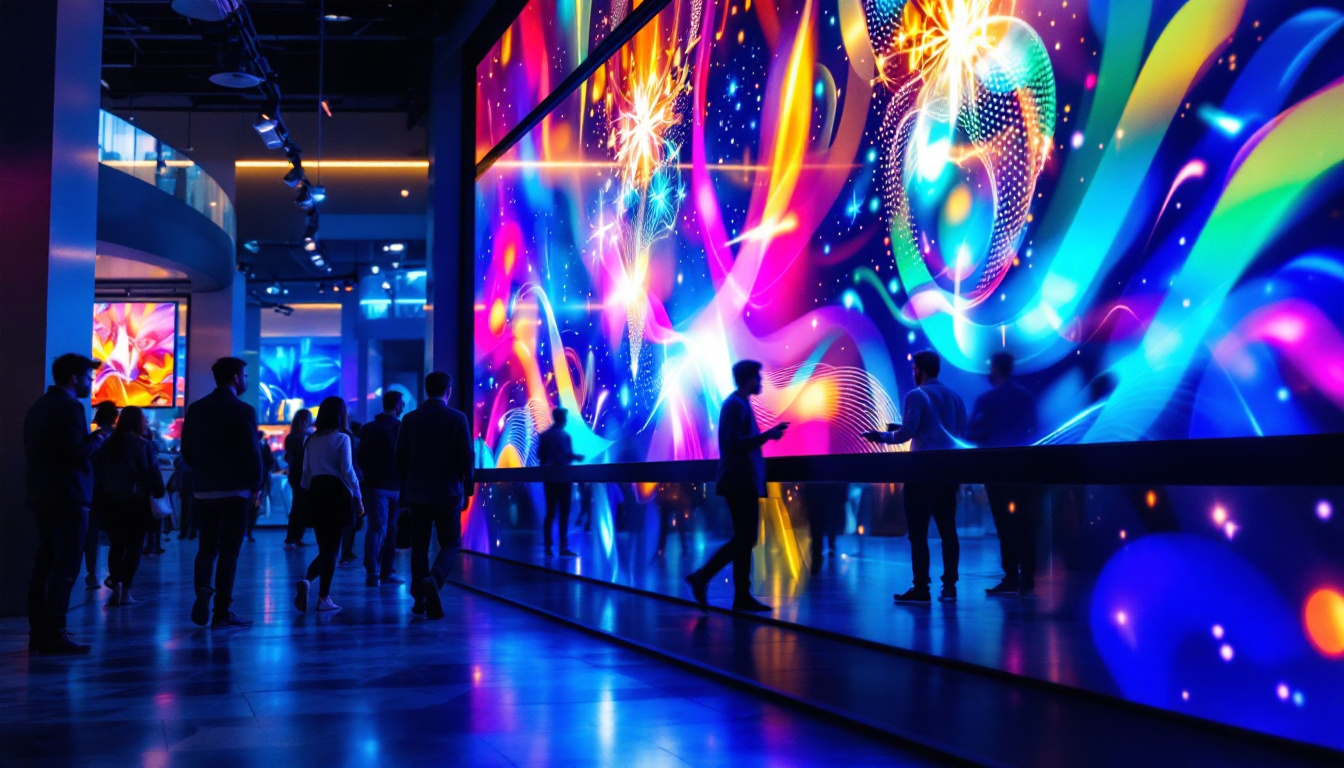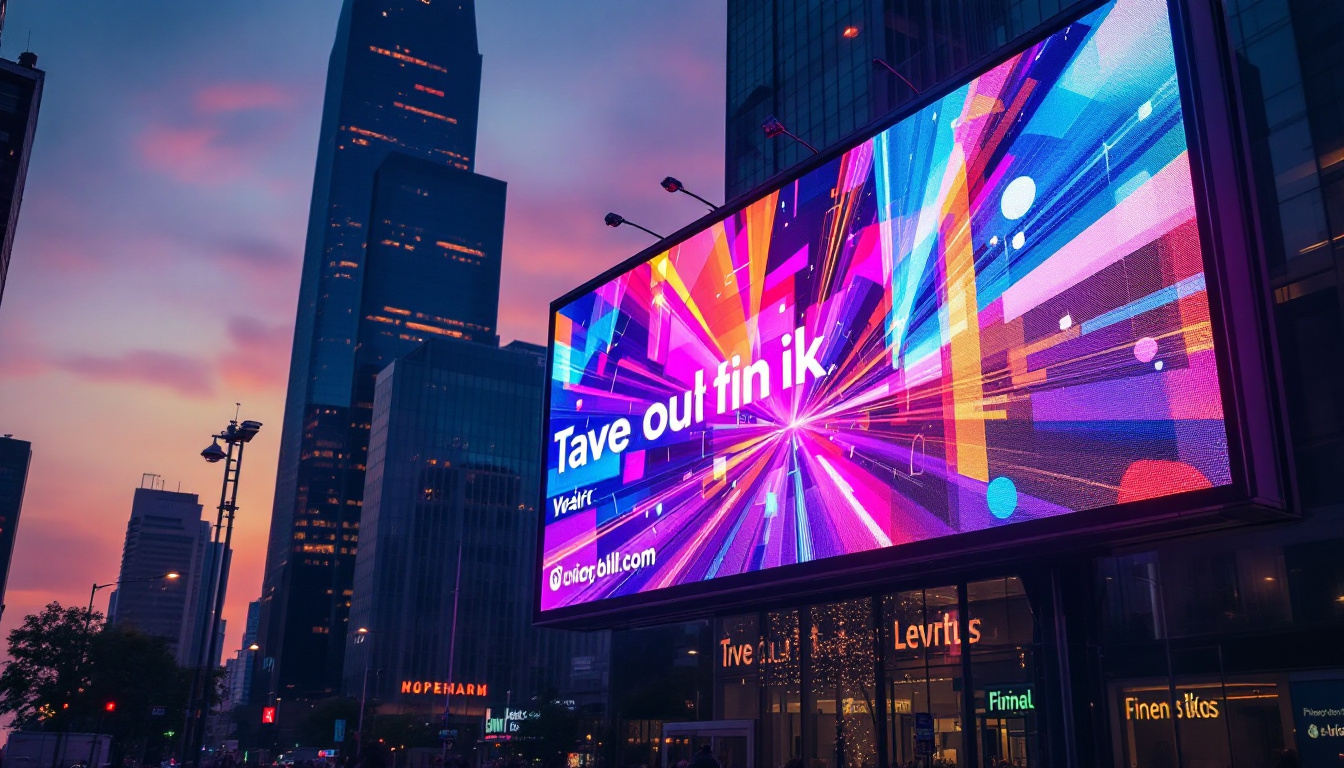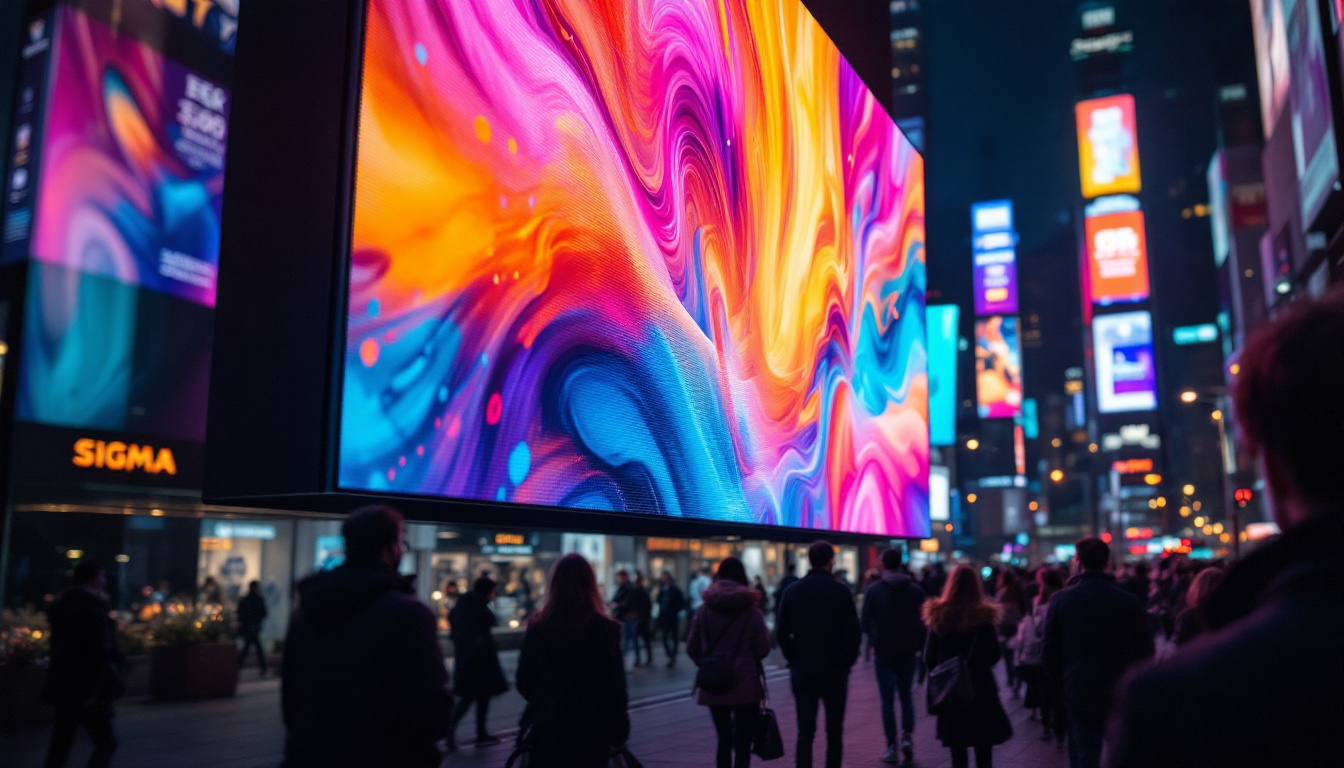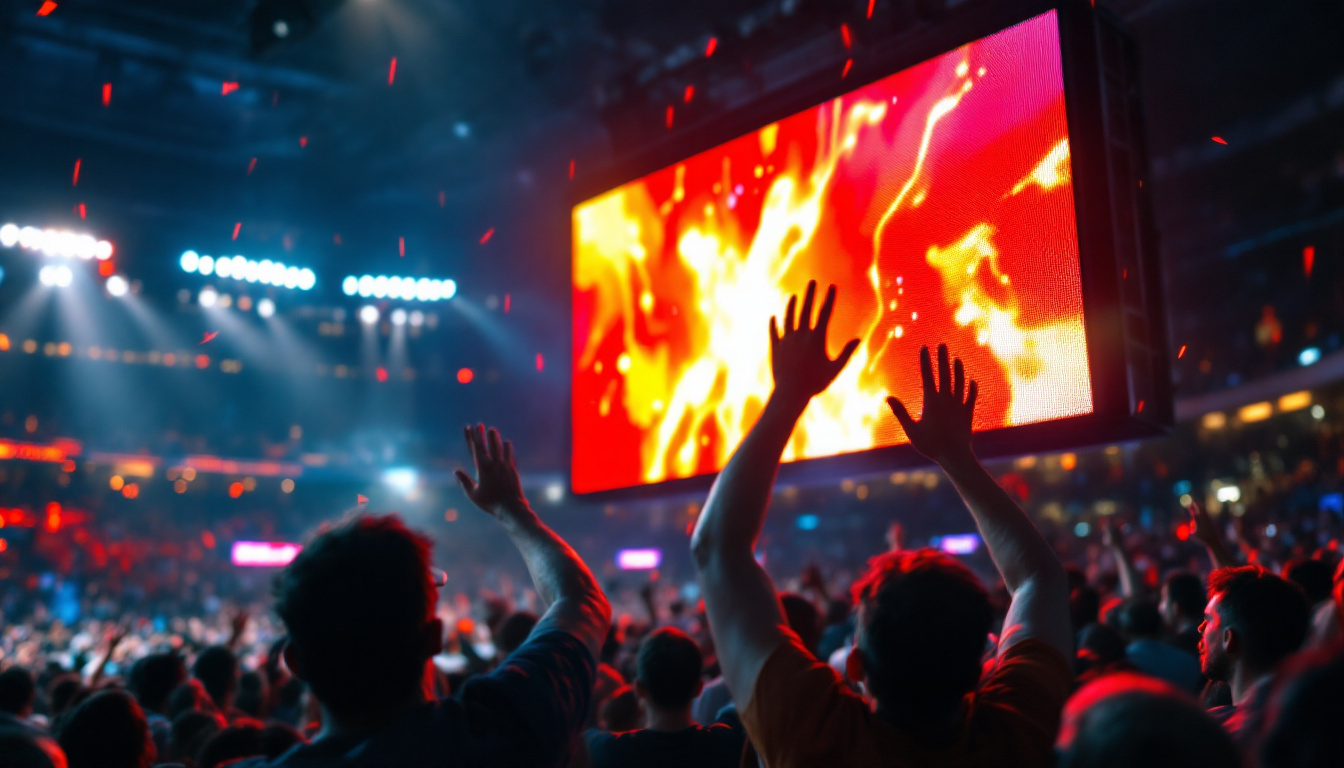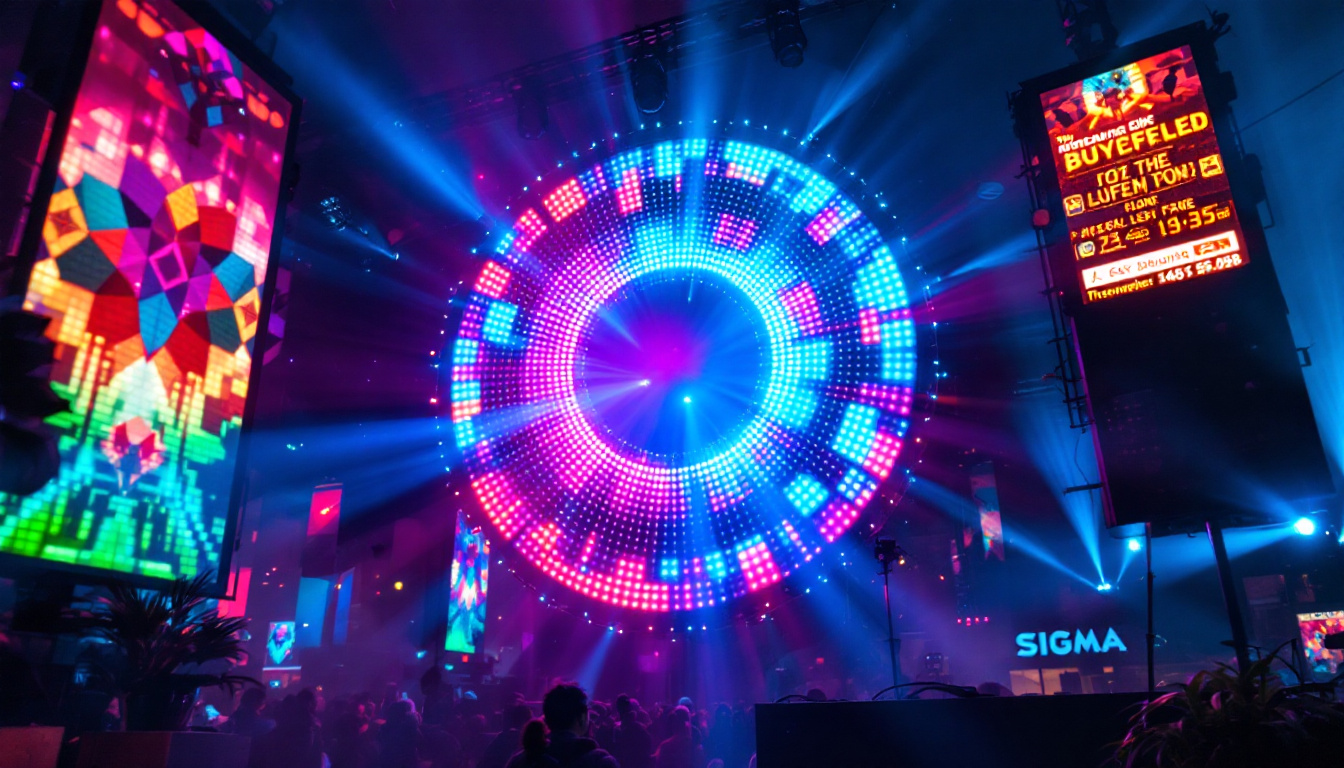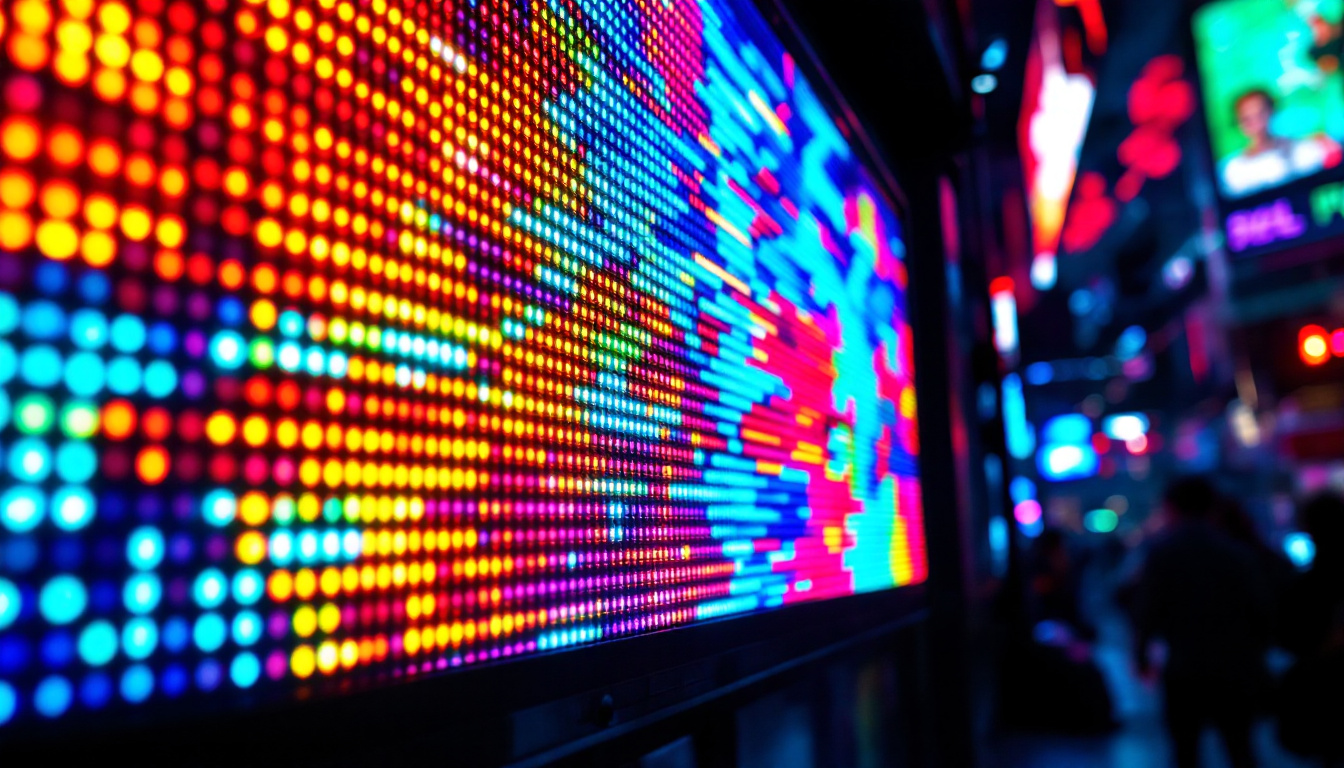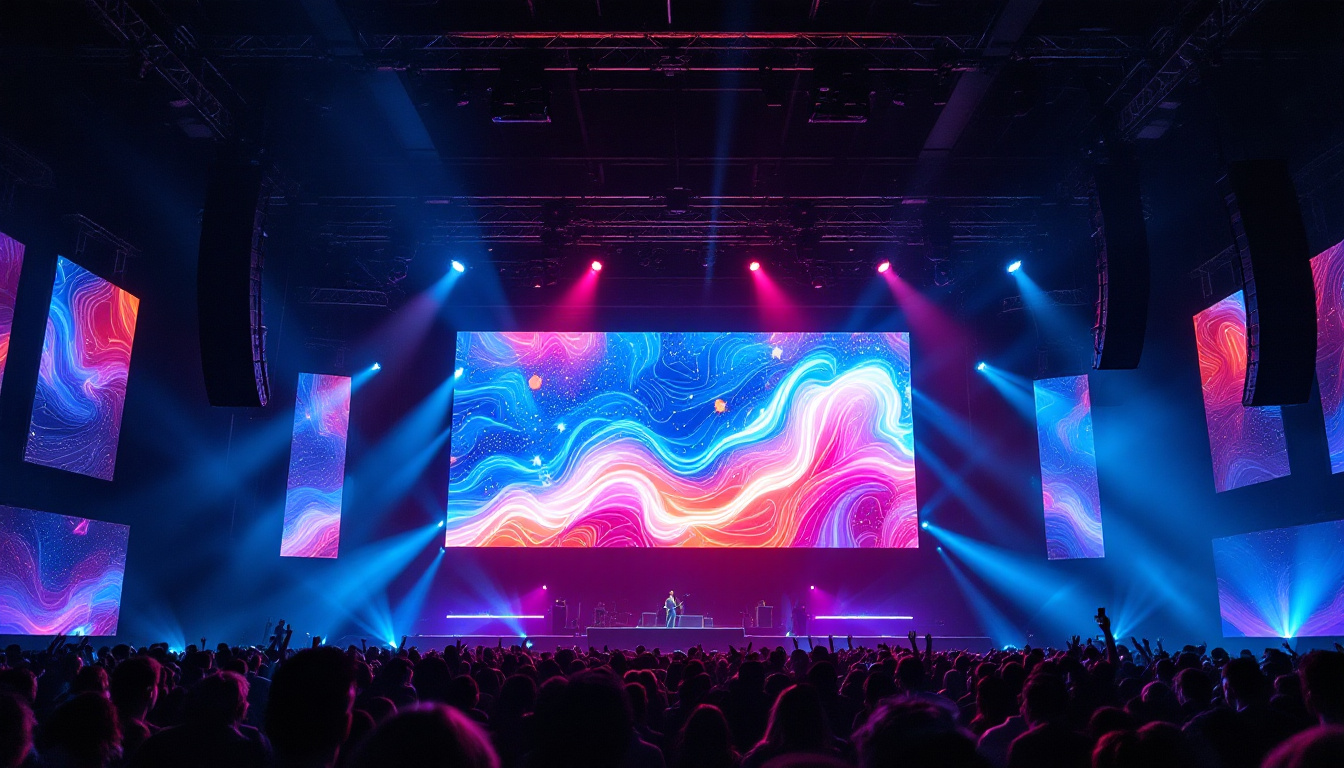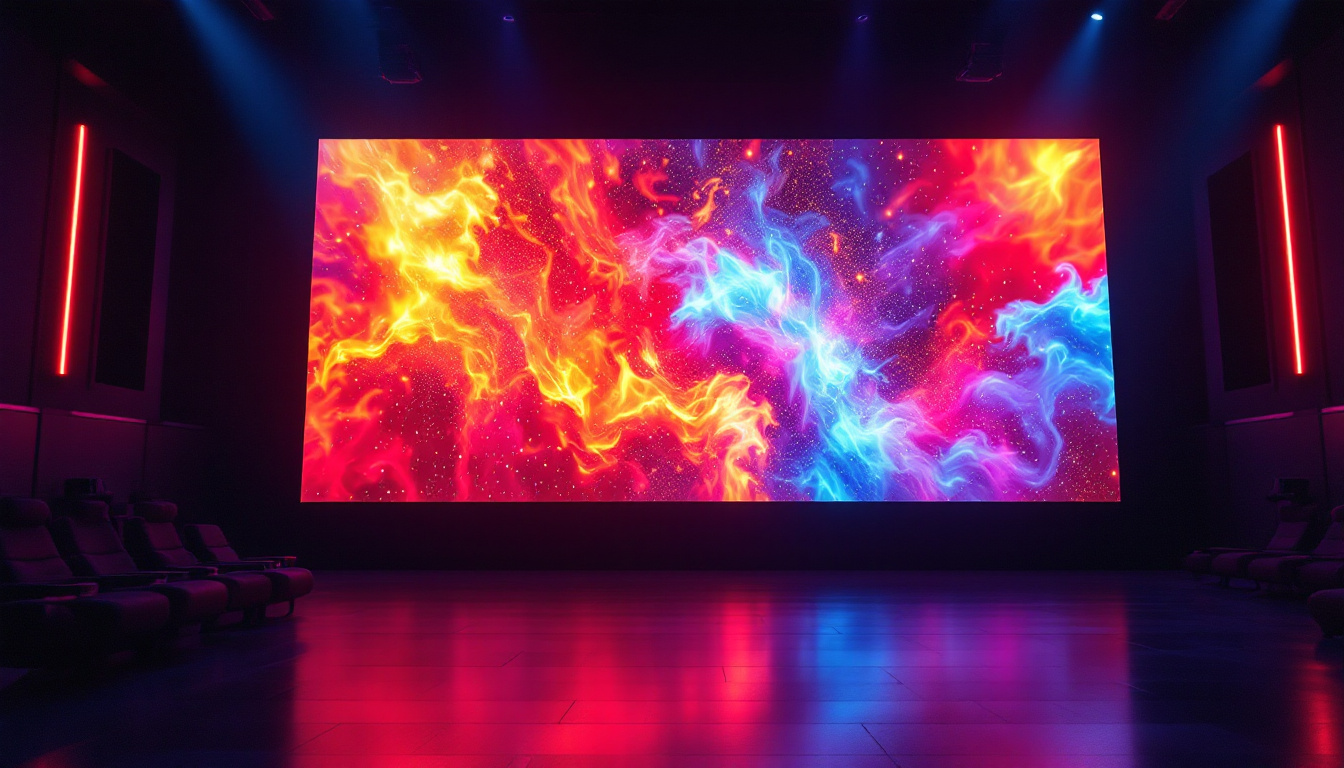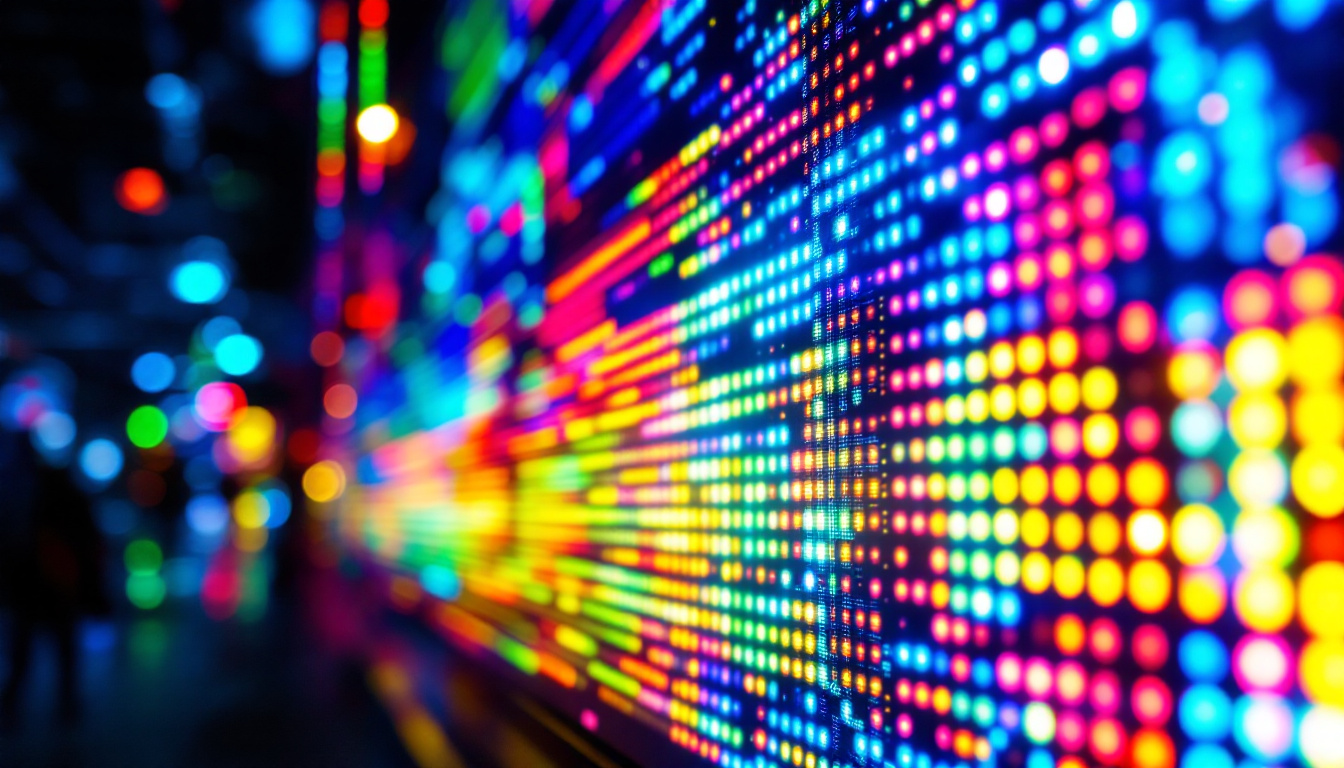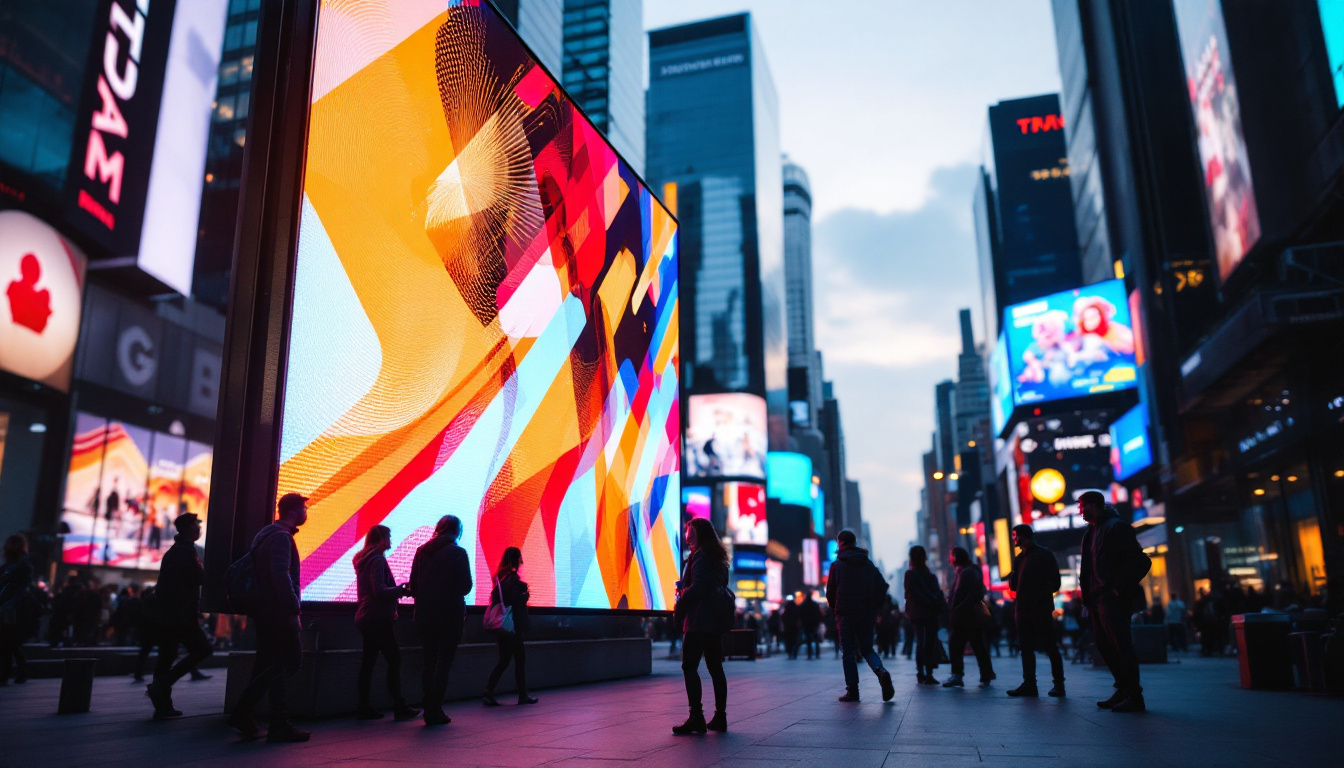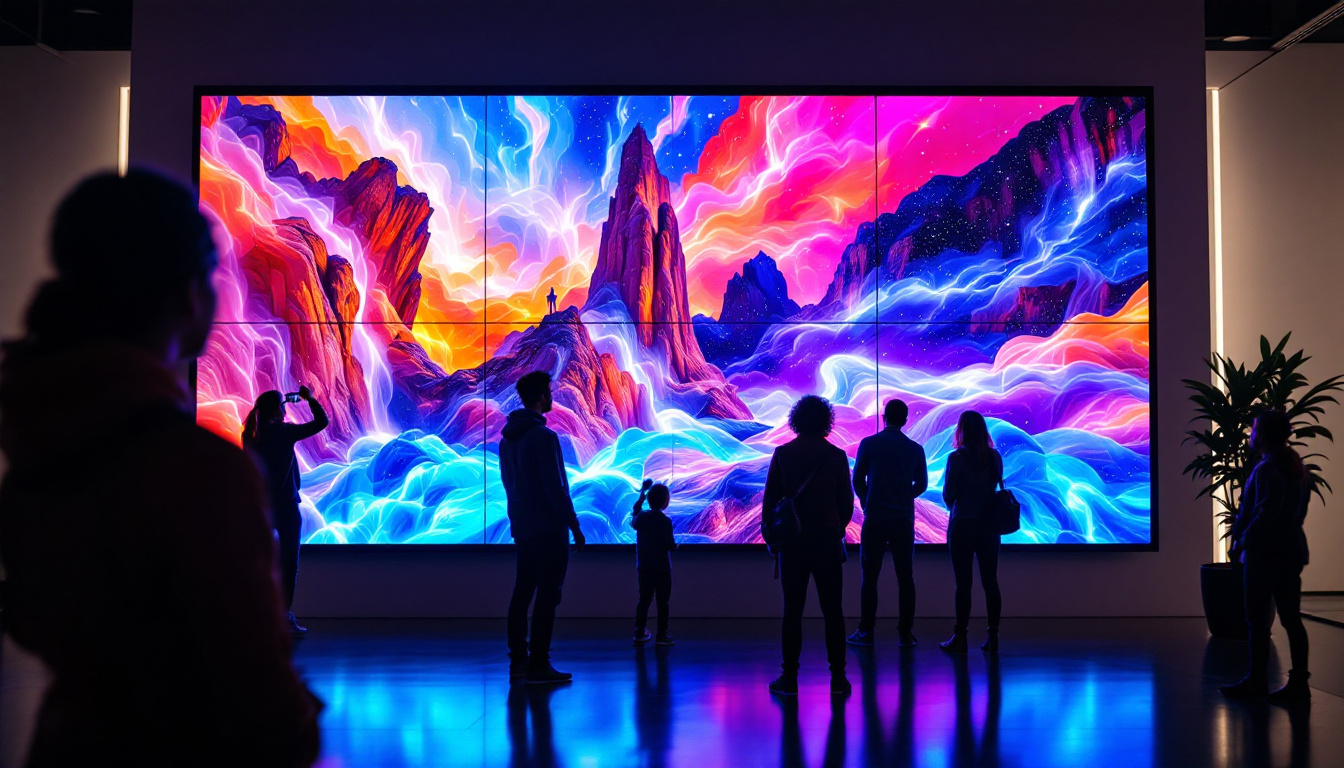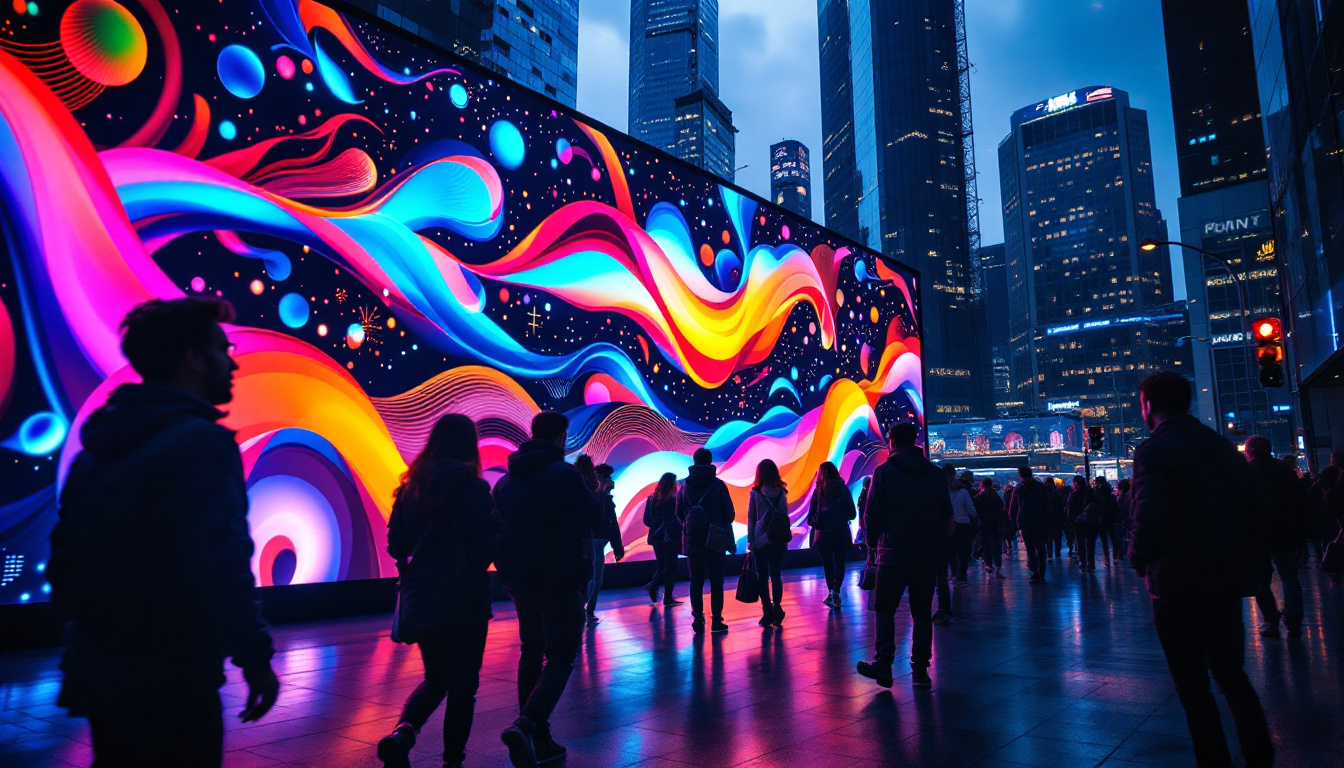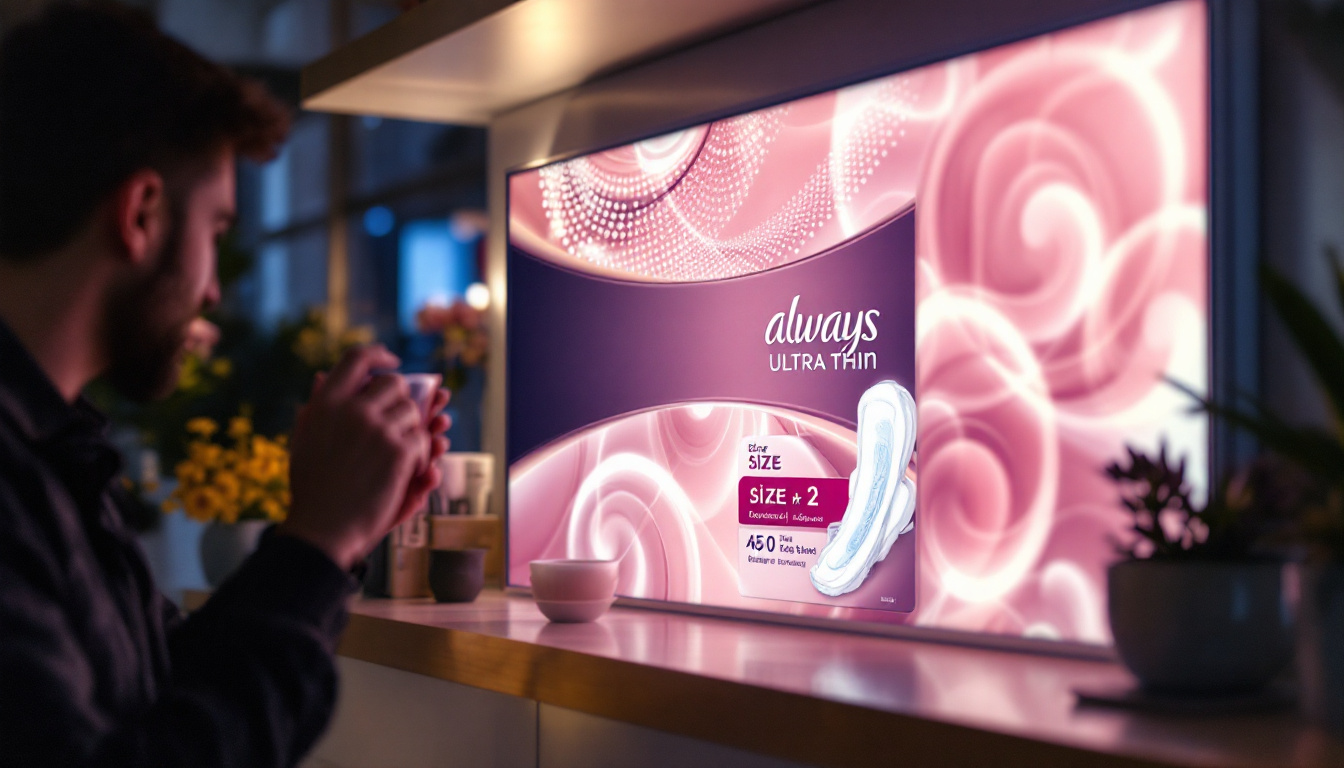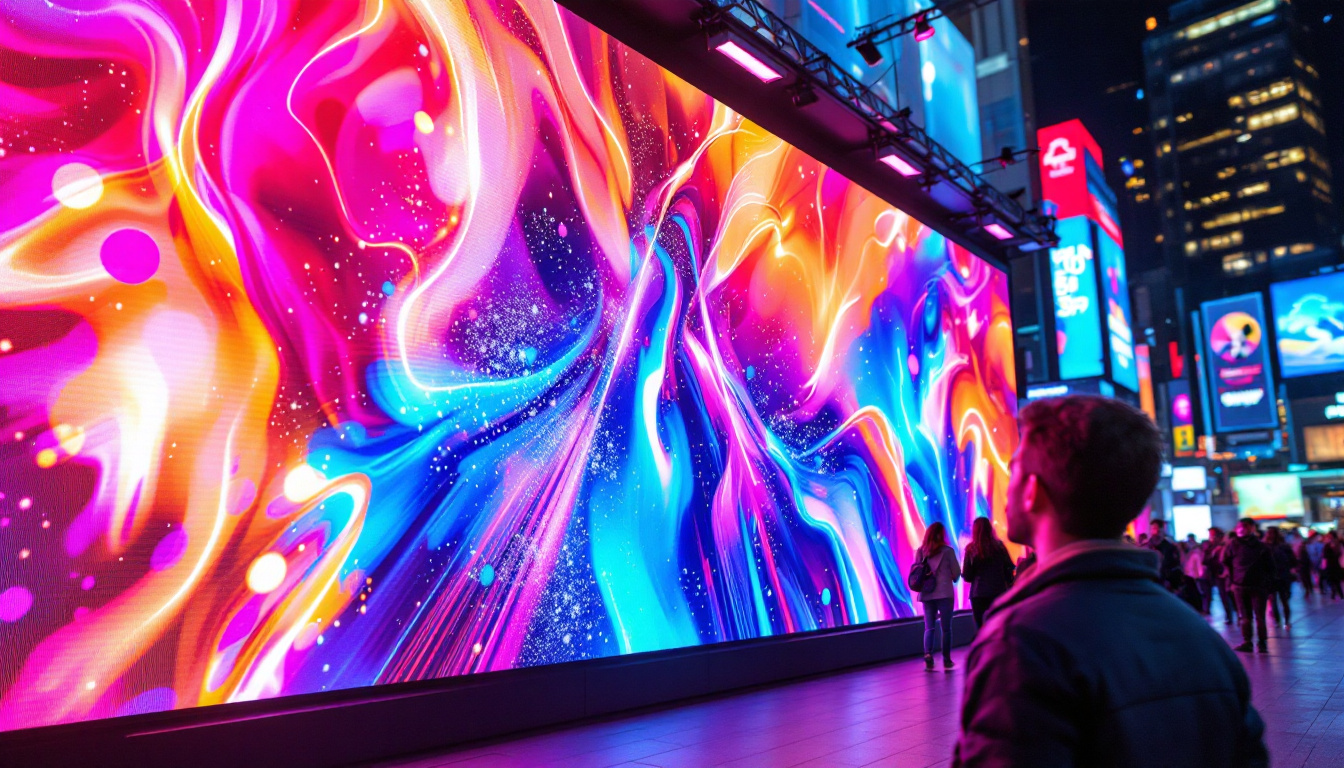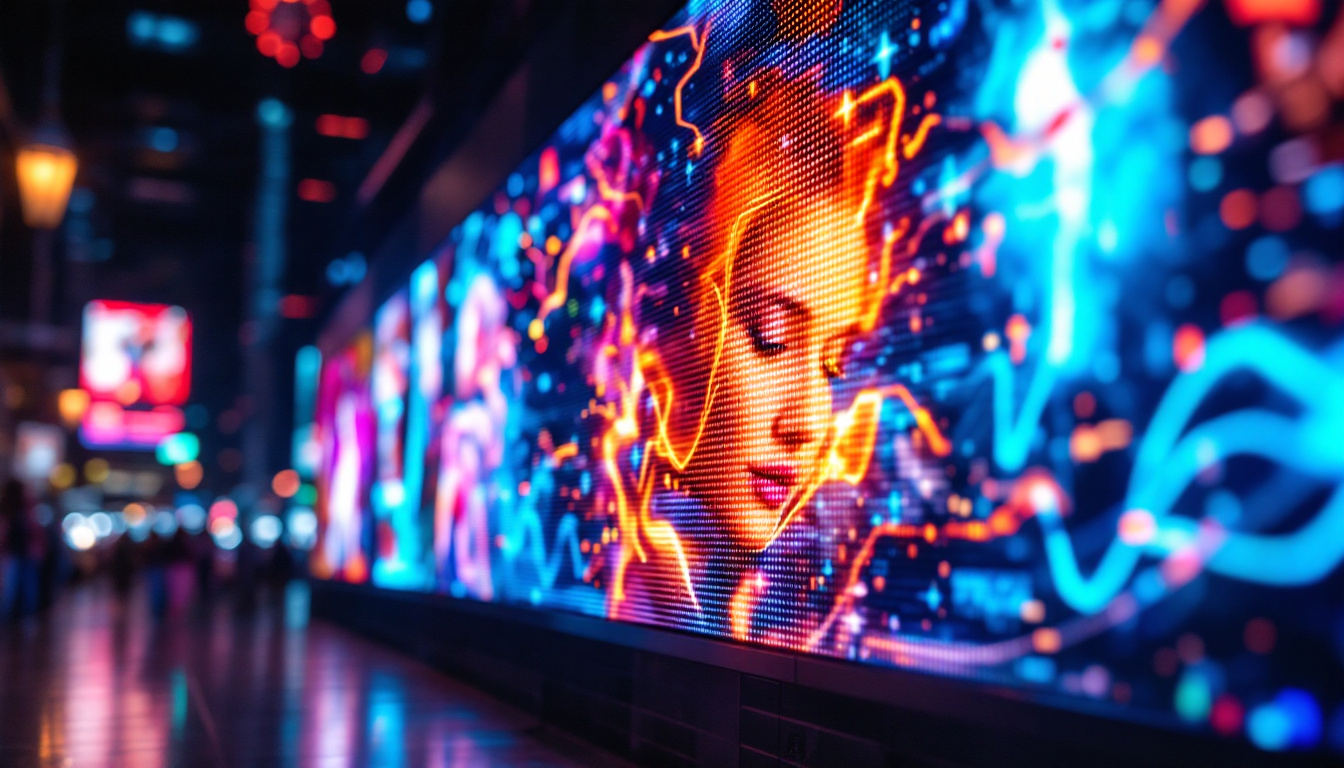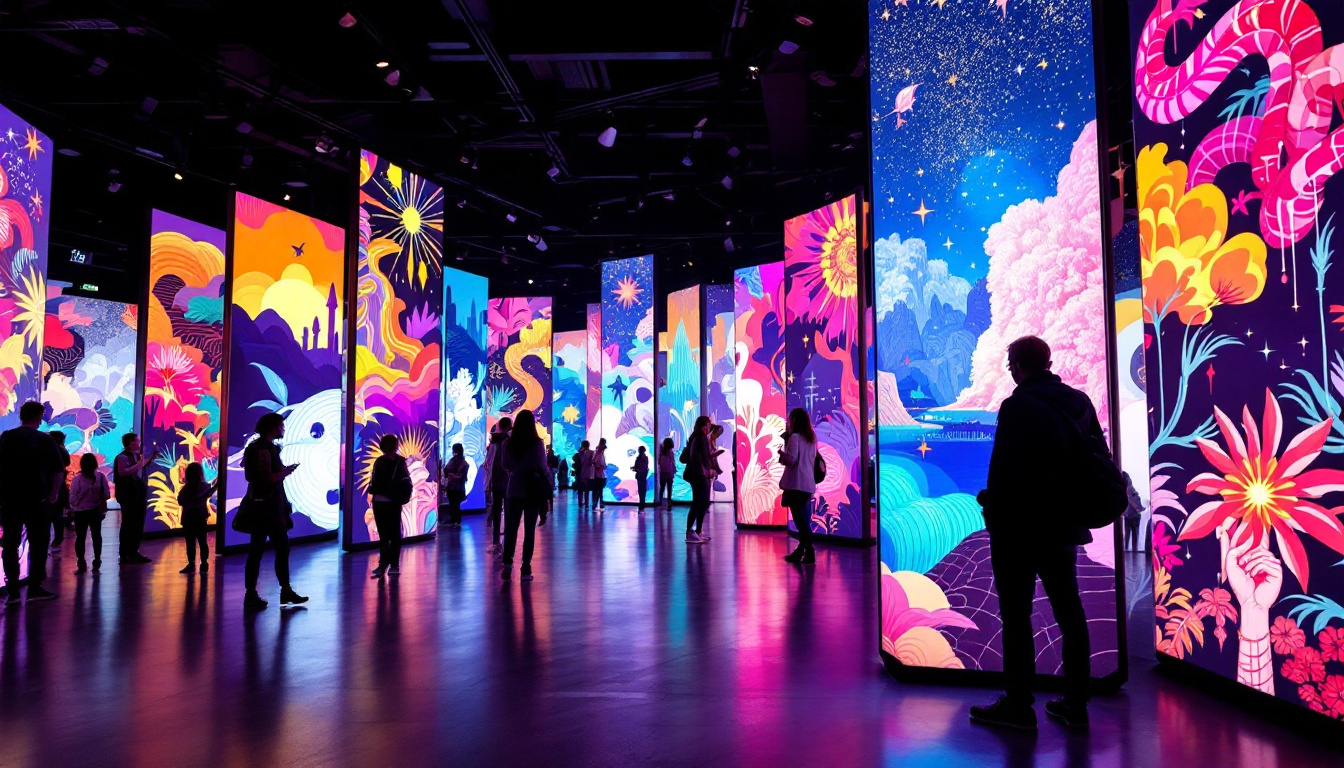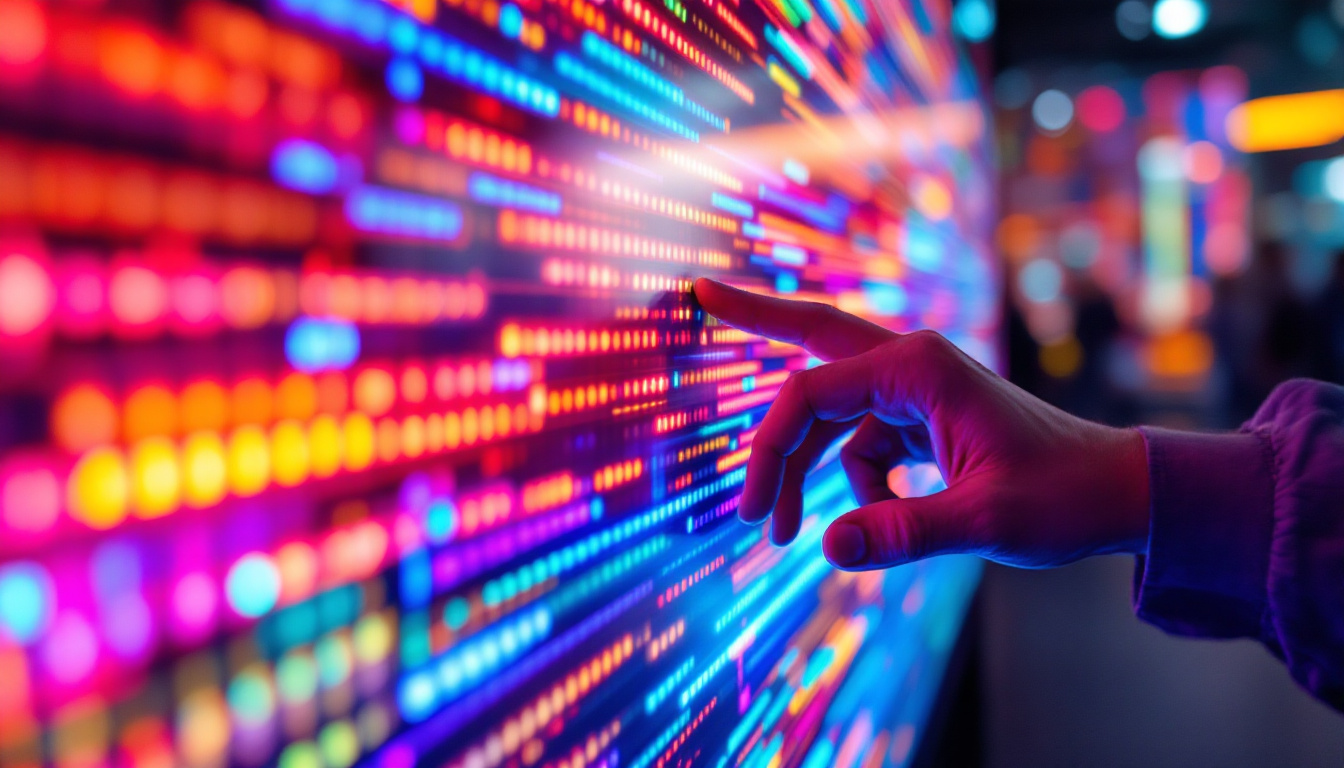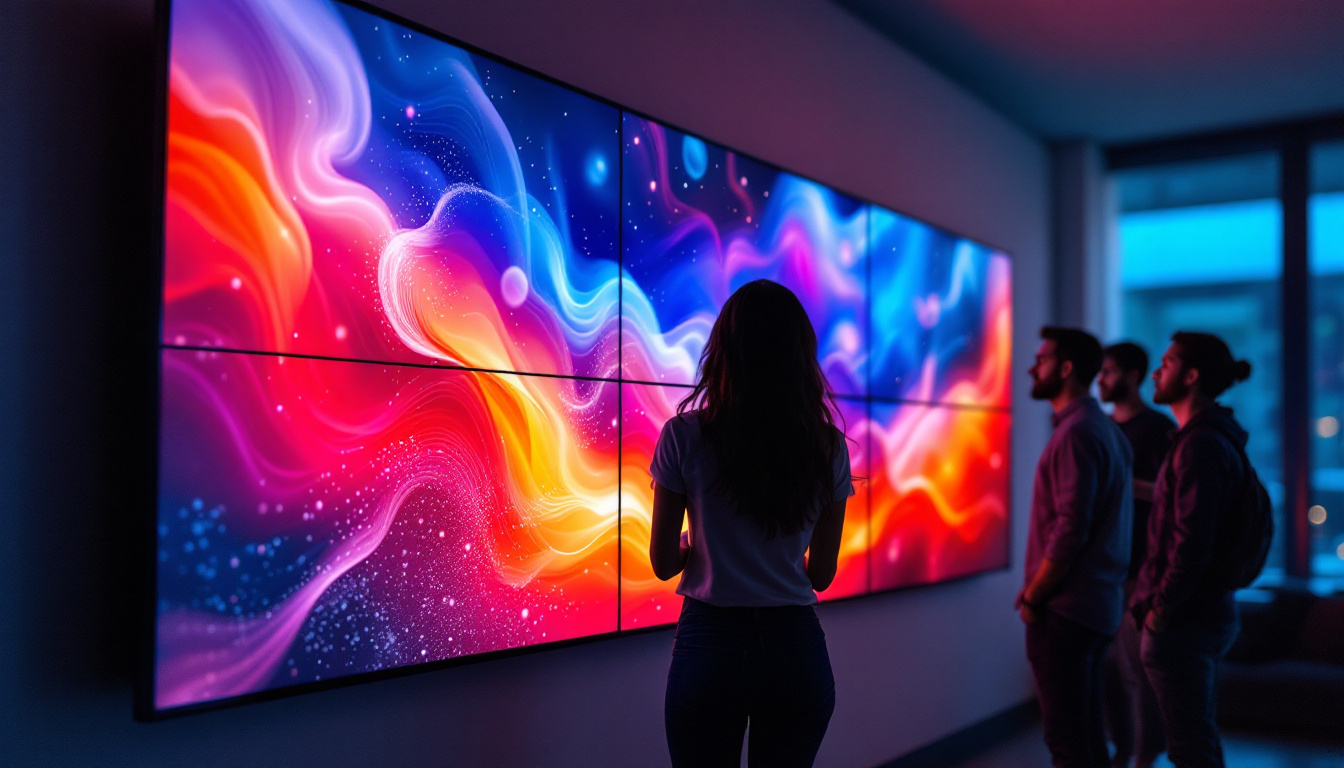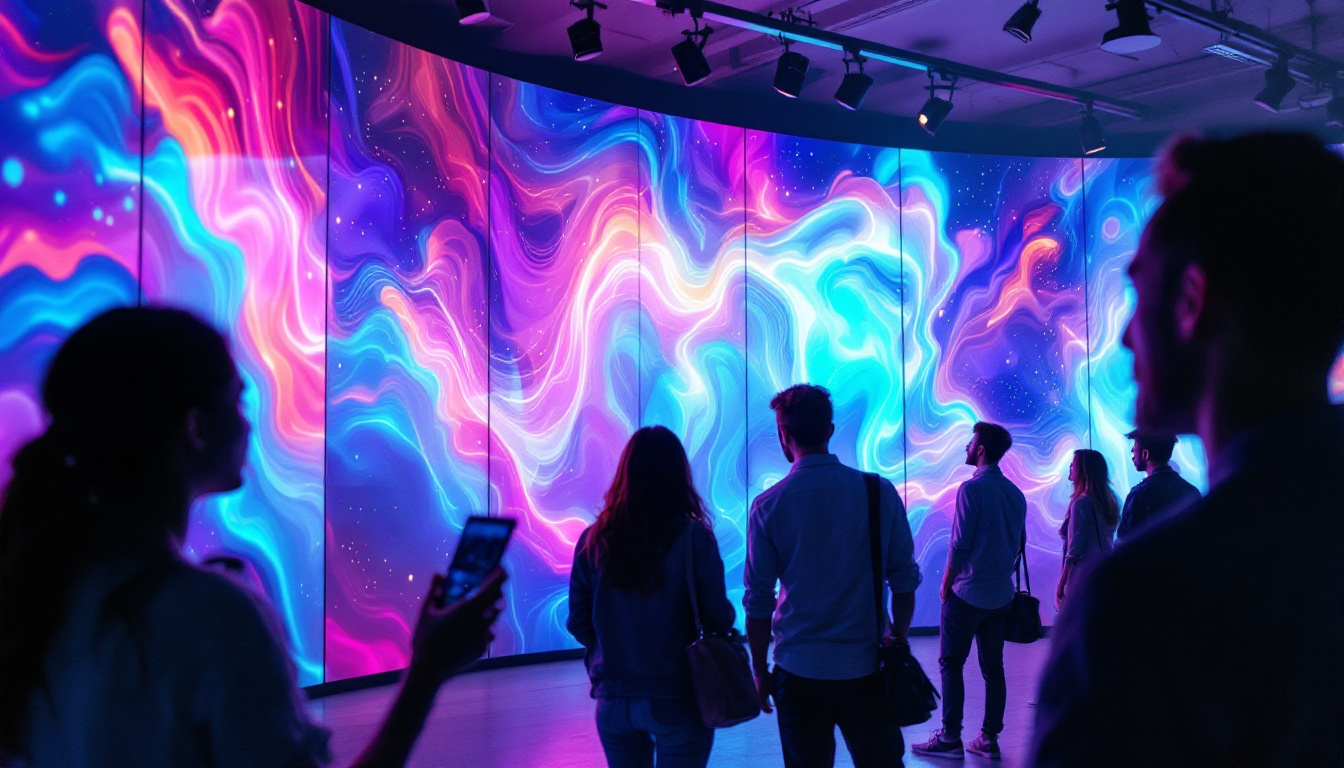In today’s digital age, the importance of visual communication cannot be overstated. Among the various technologies that have emerged to facilitate this, LED display panels stand out for their versatility, brightness, and energy efficiency. This article delves into the intricacies of LED display panels, exploring their components, types, applications, and the advantages they offer over traditional display technologies.
Understanding LED Technology
LED, or Light Emitting Diode, is a semiconductor device that emits light when an electric current passes through it. This technology has revolutionized the way we think about lighting and display systems. Unlike traditional incandescent bulbs that rely on filaments, LEDs are more energy-efficient and have a longer lifespan. In fact, an LED can last up to 25,000 hours or more, significantly reducing the need for frequent replacements and maintenance. This longevity not only saves consumers money but also decreases waste, making LEDs a more environmentally friendly option compared to their incandescent counterparts.
The Basics of LED Operation
At the core of LED technology is the principle of electroluminescence. When electrons move through a semiconductor material, they release energy in the form of photons, which is visible light. The color of the light emitted depends on the materials used in the semiconductor. For example, different combinations of gallium, arsenic, and phosphorous can produce various colors. This tunability in color is one of the reasons why LEDs are so versatile, finding applications in everything from household lighting to sophisticated display technologies. Moreover, advancements in LED technology have led to the development of tunable white LEDs, which can adjust their color temperature, providing warm or cool light as needed.
LEDs are usually categorized into two types: monochrome and full-color. Monochrome LEDs emit a single color, while full-color LEDs can produce a wide spectrum of colors by combining red, green, and blue (RGB) LEDs. This RGB combination allows for the creation of vibrant images and videos on LED display panels. Full-color LEDs have become particularly popular in advertising and entertainment, where dynamic visuals can capture attention and convey messages effectively. The ability to control brightness and color with precision also means that LED displays can adapt to various lighting conditions, ensuring optimal visibility at all times.
Components of an LED Display Panel
An LED display panel consists of several key components that work together to produce high-quality visuals. These include:
- LED Modules: The basic building blocks of an LED display, these modules contain multiple LEDs arranged in a grid.
- Control System: This system processes the input signals and controls the display output, ensuring that images and videos are rendered accurately.
- Power Supply: LED displays require a stable power source to function efficiently. The power supply converts AC voltage to the DC voltage required by the LEDs.
- Enclosure: The physical housing of the display protects the internal components from environmental factors such as moisture and dust.
In addition to these components, LED display panels often include advanced features such as heat dissipation systems to manage temperature and enhance performance. Proper thermal management is crucial, as excessive heat can reduce the lifespan and efficiency of the LEDs. Furthermore, many modern LED displays are equipped with smart technology that allows for remote monitoring and control, enabling users to adjust settings or troubleshoot issues from afar. This level of sophistication makes LED displays not only a practical choice but also a cutting-edge solution for a variety of applications, from large-scale outdoor billboards to intimate indoor settings.
Types of LED Display Panels
LED display panels come in various types, each designed to cater to specific needs and environments. Understanding these types can help in selecting the right display for a particular application.
Indoor LED Displays
Indoor LED displays are designed for use in controlled environments, such as shopping malls, conference rooms, and theaters. They typically have a higher pixel density, allowing for clearer images and videos viewed from a close distance. These displays are often used for advertising, presentations, and entertainment purposes.
Outdoor LED Displays
Outdoor LED displays are built to withstand harsh weather conditions, including rain, snow, and extreme temperatures. They have lower pixel density compared to indoor displays, but they are much brighter, ensuring visibility even in direct sunlight. Common applications include billboards, stadium screens, and event signage.
Transparent LED Displays
Transparent LED displays are a relatively new innovation in the world of visual technology. These displays allow light to pass through while still showing images and videos, making them ideal for use in storefronts and exhibitions. Their unique design enables them to blend seamlessly into architectural elements, providing a modern aesthetic.
Applications of LED Display Panels
The versatility of LED display panels has led to their widespread adoption across various industries. From advertising to entertainment, these displays serve numerous purposes.
Advertising and Marketing
One of the primary applications of LED display panels is in advertising. Businesses utilize these displays to showcase promotional content, product launches, and brand messages. The dynamic nature of LED displays allows for eye-catching animations and videos that can attract consumer attention more effectively than static billboards.
Moreover, LED displays can be updated remotely, enabling businesses to change their advertising content in real-time. This flexibility is particularly beneficial for time-sensitive promotions and events.
Entertainment and Events
In the entertainment industry, LED display panels have transformed the way audiences experience live events. Concerts, sports events, and festivals often feature large LED screens that enhance the visual experience for attendees. These displays provide high-resolution visuals and can be synchronized with audio, creating an immersive atmosphere.
Additionally, LED displays are used in theaters and cinemas to display trailers, advertisements, and other promotional content. Their ability to deliver vibrant colors and sharp images contributes to a more engaging viewing experience.
Transportation and Wayfinding
LED display panels are increasingly used in transportation hubs such as airports, train stations, and bus terminals. They provide real-time information about arrivals, departures, and delays, helping travelers navigate their journeys more efficiently. The bright, clear visuals ensure that information is easily readable from a distance.
Furthermore, LED displays are utilized in wayfinding systems within large facilities, guiding visitors to their desired locations. This application enhances user experience and improves overall accessibility.
Advantages of LED Display Panels
LED display panels offer numerous advantages over traditional display technologies, making them a preferred choice for many applications.
Energy Efficiency
One of the most significant benefits of LED technology is its energy efficiency. LED displays consume significantly less power compared to older technologies such as LCD and plasma displays. This not only reduces operational costs but also contributes to a lower carbon footprint, making them an environmentally friendly option.
Longevity and Durability
LED display panels have a longer lifespan than traditional displays, often lasting upwards of 100,000 hours. This durability is particularly advantageous for outdoor applications, where displays are exposed to the elements. Additionally, LEDs are more resistant to shock and vibration, further enhancing their longevity.
High Brightness and Contrast
LED displays are known for their exceptional brightness and contrast ratios. This capability ensures that visuals remain clear and vibrant, even in challenging lighting conditions. Whether in a dimly lit conference room or under direct sunlight, LED displays maintain their quality, making them suitable for a wide range of environments.
Challenges and Considerations
While LED display panels offer numerous benefits, there are also challenges and considerations to keep in mind when selecting and implementing this technology.
Initial Costs
The initial investment for LED display panels can be higher compared to traditional display technologies. However, it is essential to consider the long-term savings associated with energy efficiency and reduced maintenance costs. Many businesses find that the return on investment justifies the upfront expenditure.
Installation and Maintenance
Installing LED display panels requires careful planning and expertise. Proper mounting and alignment are crucial to ensure optimal performance. Additionally, while LED displays are generally low-maintenance, occasional servicing may be required to address issues such as pixel failure or software updates.
Content Management
Effective content management is vital for maximizing the impact of LED displays. Businesses must invest in software and training to ensure that content is engaging and relevant. Regular updates and maintenance of content can help keep audiences interested and informed.
Future Trends in LED Display Technology
The LED display industry is continuously evolving, with new technologies and trends emerging to enhance performance and user experience.
Advancements in Pixel Technology
As technology progresses, advancements in pixel technology are leading to higher resolutions and improved image quality. Mini-LED and Micro-LED technologies are gaining traction, offering even finer pixel pitches and greater color accuracy. These innovations are expected to drive the adoption of LED displays in various applications, including home entertainment and professional broadcasting.
Integration with Smart Technologies
The integration of LED displays with smart technologies is another trend shaping the future of this industry. Smart LED displays can connect to the Internet of Things (IoT), enabling real-time data integration and interactive features. This capability allows for personalized content delivery and enhanced user engagement.
Sustainability Initiatives
As environmental concerns continue to rise, the LED display industry is focusing on sustainability initiatives. Manufacturers are exploring eco-friendly materials and production processes to reduce waste and energy consumption. Additionally, recycling programs for old LED displays are becoming more common, promoting a circular economy.
Conclusion
LED display panels have become an integral part of modern visual communication, offering a myriad of applications across various industries. Their energy efficiency, durability, and high-quality visuals make them a preferred choice for businesses and organizations looking to engage their audiences effectively.
As technology continues to advance, the future of LED displays looks promising, with innovations that will further enhance their capabilities and sustainability. Whether for advertising, entertainment, or information dissemination, LED display panels are set to play a pivotal role in shaping the way we communicate visually in the years to come.
Discover LumenMatrix’s Innovative LED Solutions
Ready to elevate your visual communication with the latest in LED technology? Look no further than LumenMatrix, where innovation meets excellence. Our diverse range of LED display solutions, from Indoor and Outdoor LED Walls to specialized displays for Vehicles, Sports, and even Custom configurations, are designed to captivate and engage your audience. Embrace the future with our All-in-One and Transparent LED Displays, and let us help you make a powerful statement. Check out LumenMatrix LED Display Solutions today and transform your space into a dynamic visual experience.

